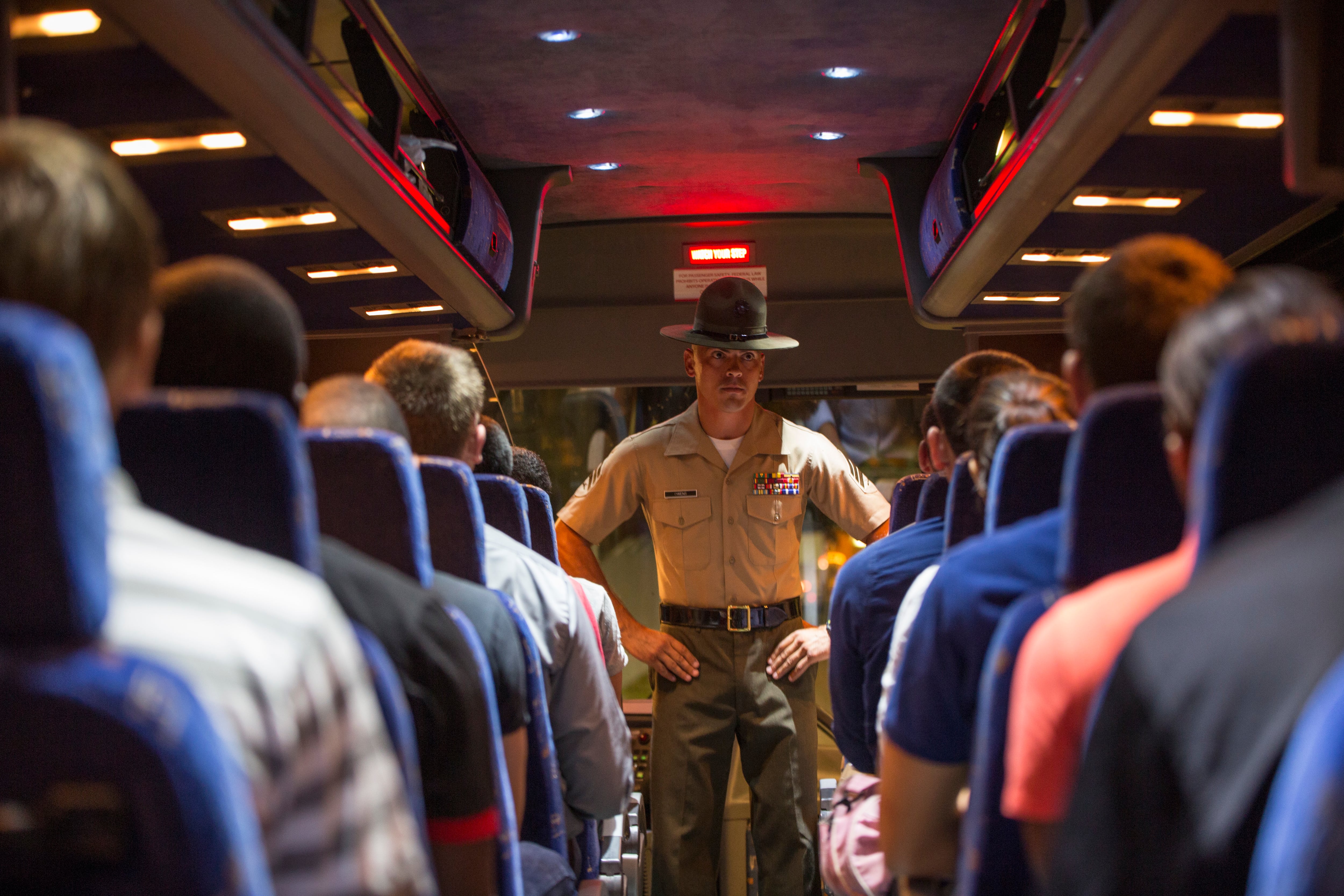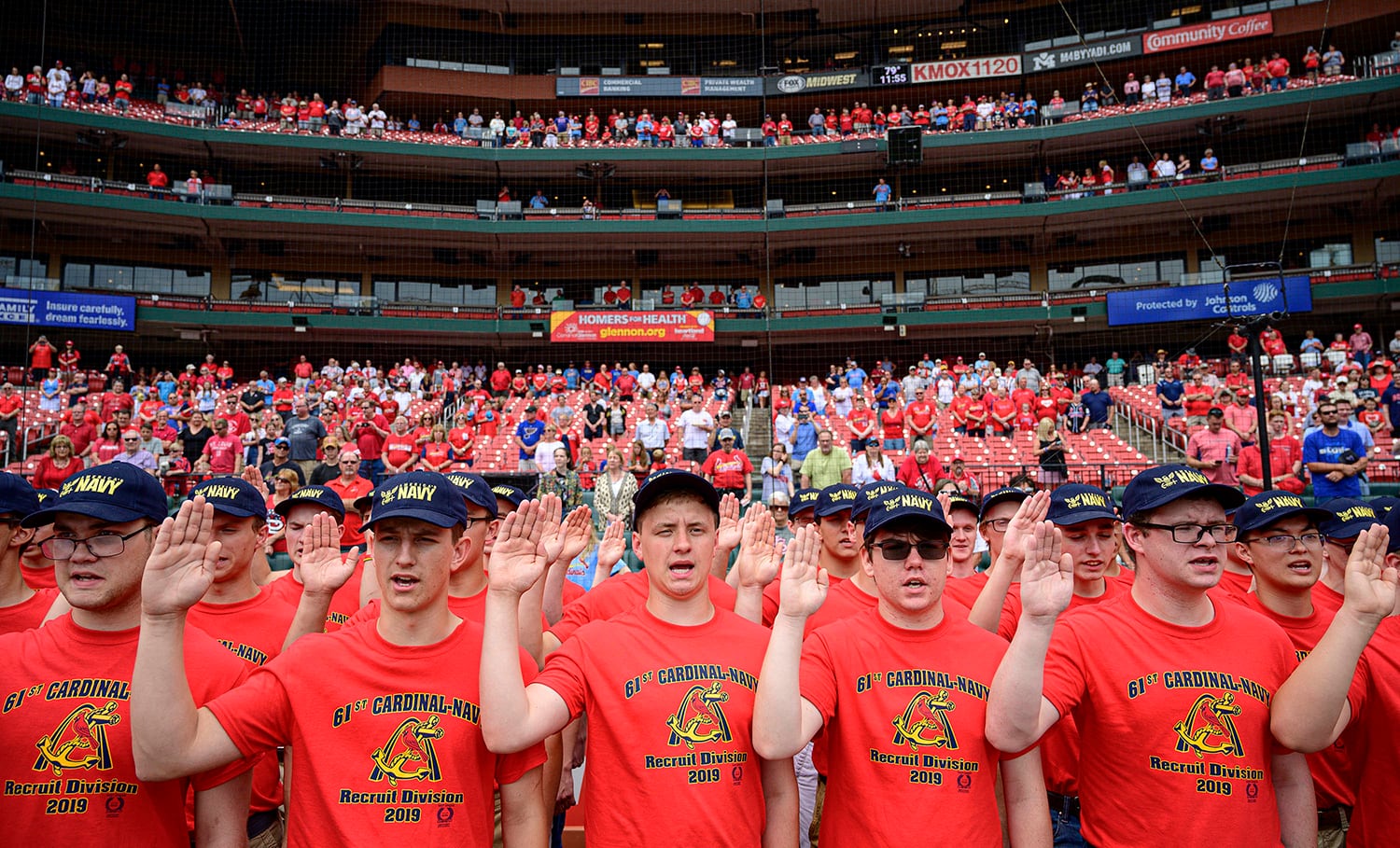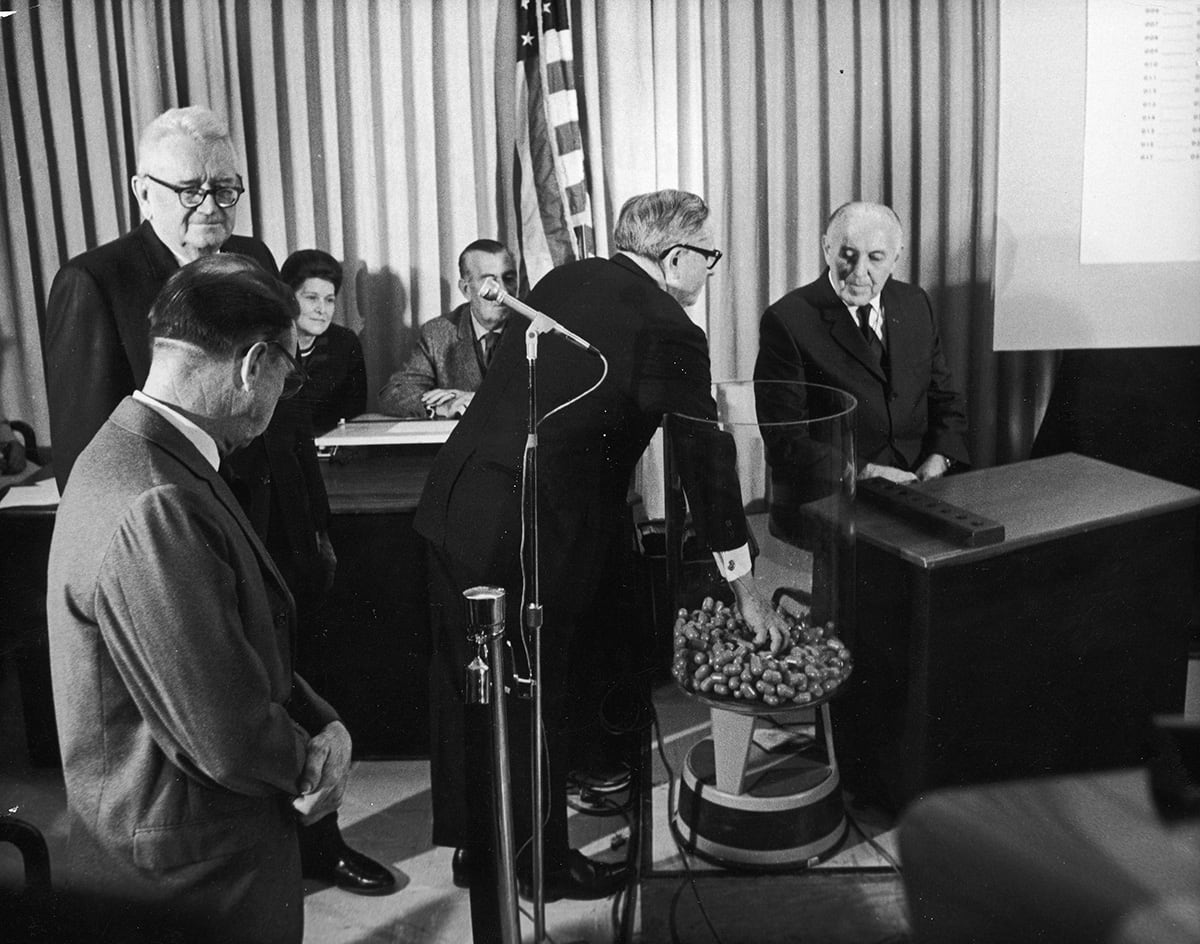At the end of World War II, the Army had over 8 million service members. Today, the Army has fewer than 500,000 troops. And it’s struggling to reach its recruiting goals.
Of course, much of the disparity in these numbers can be attributed to the transition from mandatory service to an all-volunteer force. But are a growing military-civilian divide and ineffective recruiting methods also to blame?
Today, far less of the younger generation has a connection to military service. In 1995, 40 percent of those ages 16 to 24 had at least one parent who had served in the military. By 2016, that number had fallen to 15 percent, according to the Department of Defense. When the United States eliminated the draft in 1973 and transitioned to an all-volunteer system, leaders assumed that a combination of patriotism, stable benefits and other factors would keep numbers up. But this hasn’t been the case. In a recent panel discussion on the crisis, Army Maj. Gen. Malcolm Frost, the former commander of the Army’s Initial Military Training Command, proposed that, “the next existential threat we have…is the inability to man our military.”
RELATED

The difficulties of the military lifestyle can be off-putting to members of Generation Z, especially amid today’s tight labor market and the greater availability of civilian jobs. Many potential recruits today are hesitant to sign up for the back-to-back deployments, constant moves and high unemployment among military spouses — common complaints among service members, according to Blue Star Families’ Military Family Lifestyle survey.
To combat the growing military-civilian divide, the military must be willing to change its recruiting tactics amid changing times, and many senior leaders are supportive of this idea.
Adm. Robert Burke, the vice chief of naval operations, has said, “Just like corporate businesses are adapting, the Navy must adapt to modern personnel policies as well.”

While the Army is expected to just barely meet its recruitment goals this year, longer-term solutions, like increasing recruiting in high schools, have to be considered. While some state restrictions have limited the ability to allow recruiters on campus, increasing the presence of service members on campuses that do allow recruiting can spark students’ interest. It can be helpful in making military service more familiar and less intimidating; for many high school students today, television and movies are the only references they have about the military. Because few military bases are in urban areas, teens in these areas have little exposure to “real life” service members.
This targeted recruitment can also have a chain effect: many enlistments are gotten through referrals from friends and peers. In a 2018 study on the life of a private, almost 21 percent of soldiers in their research group were influenced by a friend or significant other to join, compared with just over 8 percent by a recruiter.
Lowering the age of enlistment to 16 could be another alternative. For one, many of the factors that disqualify older youth from joining — like criminal records — are not as present in younger teens. Currently, of the 75 percent of 17- to 24-year-olds who are ineligible to serve, for example, 10 percent are ineligible due to criminal records. And according to the Department of Justice there are twice as many arrests of 18- to 20-year-olds as there are arrests of 15- to 17-year-olds. It’s also significantly cheaper to digitally target a younger audience — about 30 percent cheaper for ages 13 to 16 than ages 17 to 24. And 16-year-olds show a greater propensity toward military service than 18-year-olds — 23 percent versus just 12 percent.
RELATED

Recruiting younger teens is not uncommon. Canada, for example, allows 16-year-olds into the reserves once still in full time education. The United Kingdom allows anyone from 15 years and 7 months old to drop out of school with permission from parents and join the military. And enlisting doesn’t have to mean deploying right away. The U.S. already has procedures in place to prevent the deployment of 17-year-olds. And the Army already believes it is important to have potential soldiers meet recruiters before they turn 17.
To combat the steady decline in interpersonal connections with service members — who comprise less than 1 percent of the country — the military may need to seek out more innovative recruiting methods and undertake large-scale policy changes like these. And we need to change the perception of the military lifestyle as a “sacrifice” — what you are giving up — and market it more as an opportunity — what you are gaining.
Shane McCarthy is the chief marketing officer of Sandboxx, a platform that supports over 1 million service members and their supporters throughout their military journey via content, technology, & products enabling the military ecosystem to thrive. He has also briefed and advised numerous military recruiting commands.





